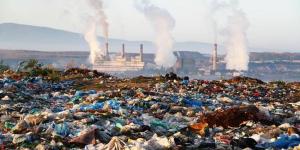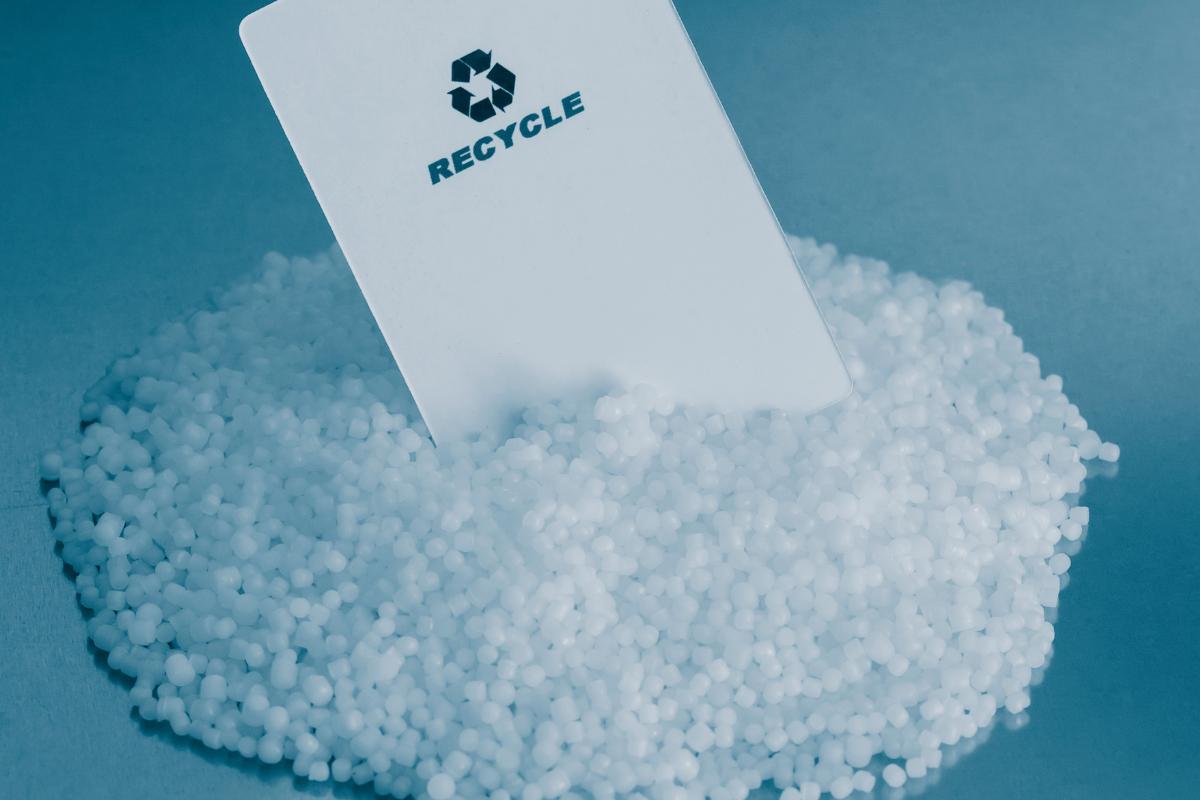Can Methacrylate Be Recycled?


Methacrylate is a versatile polymer used in a variety of applications, from construction materials to automotive components. Its transparency, durability, and adaptability have made it a staple in many industries. However, like many materials, methacrylate's environmental impact is a growing concern.
In this article by thedailyECO, well explore what methacrylate is, its diverse uses, and the best practices for recycling it. Learn how to maximize the benefits of methacrylate while minimizing environmental impact and supporting a circular economy.
What is methacrylate?
Methacrylate, commonly known as acrylic or PMMA (polymethyl methacrylate), is a plastic polymer derived from methacrylic acid.
Discovered in 1928, PMMA has since become a widely used material across various industries due to its remarkable properties. It has high impact resistance, optical clarity, and transparency, along with durability and lightness, making it a versatile alternative to glass.
PMMA is available in various forms, including tubes, sheets, and molds. Additionally, methacrylate is considered a recyclable plastic, contributing to its sustainability profile.
For a broader perspective on plastic waste management, check out our article that breaks down the seven distinct types of plastic and their recycling challenges.

What is methacrylate used for?
Methacrylate, known for its versatility, finds applications across a wide range of sectors. Its adaptability makes it valuable in both industrial and domestic contexts.
Here are some key sectors where methacrylate is commonly used:
- Construction: protective screens, lighting fixtures, and architectural elements.
- Interior design: furniture, decorative pieces, and home accessories.
- Advertising and Signage: Display cases, billboards, and signage.
- Automotive: windshields, taillights, and interior components.
- Transport: bus shelters, train windows, and aircraft parts.
- Protection: safety shields, face masks, and protective eyewear.
- Security: security barriers and surveillance equipment.
- Medical Field: medical devices, prosthetics, and dental applications.
Its adaptability, durability, and resistance to UV rays make it a valuable material for both indoor and outdoor applications.
Did you know that not all disposable products are created equal when it comes to recycling? Discover more about paper towels and their environmental impact in our related article.

How is methacrylate recycled?
Methacrylate is recyclable, allowing us to maximize its utility and minimize its environmental impact after its initial use. Despite its more complex recycling process compared to other plastics due to its chemical structure, effective reuse is achievable through several stages.
Methacrylate, while not as widely recycled as some other plastics, offers similar environmental benefits when recycled. Compared to other plastics like polyethylene terephthalate (PET) or high-density polyethylene (HDPE), methacrylate may have slightly different recycling processes or limitations due to its specific properties. However, the overall environmental benefits of recycling methacrylate remain significant.
How to recycle methacrylate
To recycle methacrylate, it should be taken to designated plastic waste collection points or specialized recycling centers. Some companies that produce and sell methacrylate also offer collection and recycling services. It's essential to check local options to ensure proper management of the material.
To recycle methacrylate, first make sure to thoroughly clean methacrylate items to remove any dirt, debris, or foreign materials that may interfere with the recycling process.
Then, place clean methacrylate items in appropriate recycling containers or bags. Avoid overfilling containers to prevent damage.
How is methacrylate recycled?
- The process begins with the collection and sorting of methacrylate materials.
- The collected methacrylate is then crushed into small particles to facilitate further processing.
- These particles are purified to remove contaminants.
- Once clean, the methacrylate is remelted and reshaped into new forms, such as sheets or pellets, which can be used to produce new products.
Recycling methacrylate is crucial for environmental sustainability. It conserves resources, reduces waste, and saves energy compared to producing new material. By diverting methacrylate waste from landfills and promoting a circular economy, we can reduce pollution and create a more sustainable future.
If you're passionate about sustainability, you'll find our deep dive into zero-waste living both inspiring and informative. Discover how to take your eco-friendly efforts to the next level
If you want to read similar articles to Can Methacrylate Be Recycled?, we recommend you visit our Recycling and waste management category.







